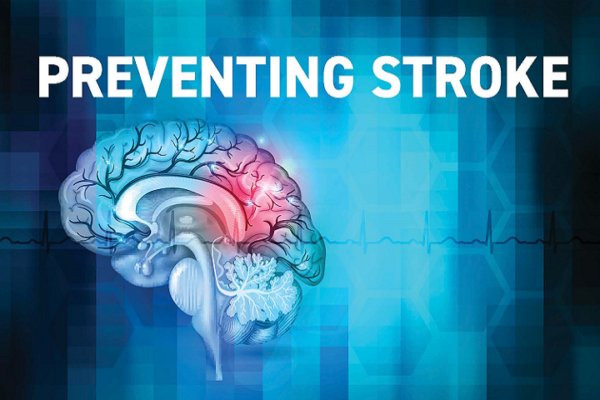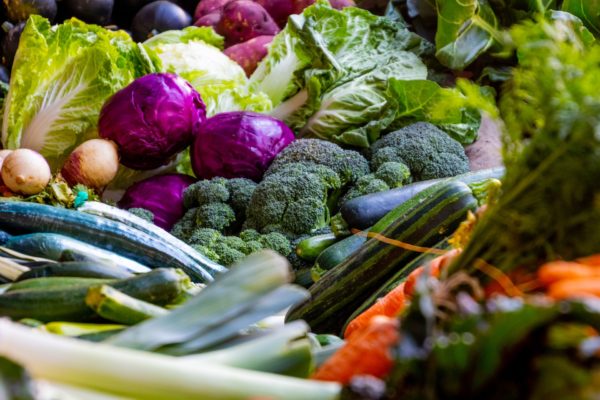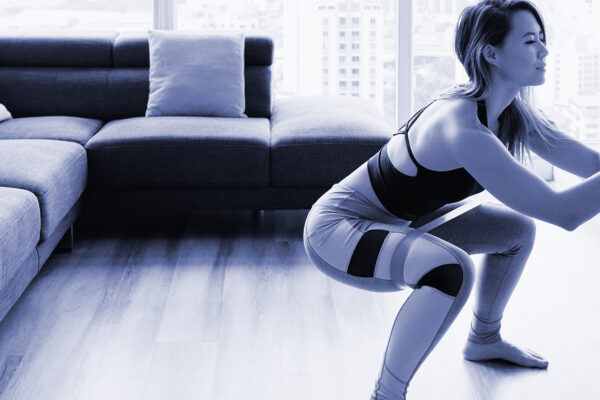Photo by Moose Photos from Pexels
It is a widespread belief that sun exposure should be avoided (almost completely) in order to protect oneself from developing skin cancer. And, if you cannot avoid being in the sun, you should wear sunscreen at all times or wear clothing that protects you from the sun. What if I told you that sun exposure is in fact not something to be afraid of, and getting 15-20 minutes of unprotected sun exposure is actually very beneficial for your health. Although staying out of the sun for extended periods of time may reduce the risk of certain melanomas, avoiding the sun increases the risk of many other cancers and cardiovascular conditions. Please keep in mind that the amount of time you should spend in the sun unprotected will vary based on your skin tone. Very fair skinned individuals may not be able to tolerate 15 minutes, while someone with very dark skin may be able to tolerate up to 40 minutes in the sun without protection. Once you begin to turn at all pink, you should cover up or apply a safe sunscreen (resources are given later in this article).
The Importance of Vitamin D
Vitamin D plays many roles in the body. When we wear sunscreen, this blocks the production of vitamin D synthesis from sunlight. Since most people are spending very little time in the sun unprotected, along with inadequate oral intake of vitamin D, vitamin D deficiency is quite common (Kennel et al., 2010). Vitamin D deficiency has been associated with various types of cancer, type I diabetes, preeclampsia, impaired fetal growth, osteoporosis, and autoimmunity. Studies have also come out which suggest that individuals with higher serum vitamin D levels are more likely to be asymptomatic with COVID-19 infection (Grant et al., 2020). Additionally, vitamin D supplementation has been shown to reduce the number of COVID-19 patients admitted to hospitals who require admission to the ICU (Castillo et al., 2020).
Benefits of Sun Exposure
Aside from the vitamin D that can be synthesized from sunlight, studies have shown that UVA rays have an effect on lowering diastolic blood pressure which results in decreased risk of stroke and heart disease. Additionally, UVB rays help thicken the outer layer of skin which helps protect the deeper layers of skin from damaging rays. Moreover, your circadian rhythm (sleep wake cycle) is also regulated with help from the sun. When we spend the majority of our time inside under artificial lighting, we miss out on sunlight which aids in regulating the production of melatonin and serotonin (two hormones involved in our ability to fall and stay asleep). The best time to be outside to receive these benefits is from 10AM-2PM.
Chemicals in Sunscreens
Not only do sunscreens block vitamin D, they also include ingredients which have been shown to have neurotoxic effects on the body and disrupt hormones. These ingredients seem to be associated with altered estrogen, androgen and progesterone activity, reproductive and developmental toxicity and impaired functioning of the thyroid, liver or kidneys. They have been shown to penetrate the skin, and if eating shortly after applying sunscreen, they may also be ingested. So, although sunscreen may prevent some forms of melanoma, at what cost? If you’re looking for a list of safe sunscreens, the Environmental Working Group (EWG) website is a great resource.
How to Get Vitamin D (Safely)
At this point you may be wondering how on earth you’re supposed to get vitamin D from the sun without the risk of getting a major sunburn. Below are a few tips.
- Try to aim for 15-20 minutes of sun exposure during peak times (10AM-2PM). As mentioned previously, the amount of time spent in the sun unprotected should be determined based off your skin pigmentation- if you have fair skin, you may want to spend fewer than 15 minutes. On the other hand, if your skin is a darker complexion, you can likely tolerate more than 20 minutes in the sun without negative consequences. In fact, having more melanin or pigmentation in your skin makes it more difficult for the body to convert sunshine into vitamin D, so more time is recommended.
- In cases where you are required to be in direct sunlight for extended periods of time (sporting events, work, etc.), cover up using lightweight, light colored clothing and possibly a large hat to cover your face.
- Decrease your intake of Omega-6 fatty acids and increase your intake of Omega-3 fatty acids. Systemic inflammation contributes to burning, and we can help reduce inflammation by replacing some of the Omega-6 fatty acids (pro-inflammatory) in our diet with Omega-3 fatty acids (neutral). Foods rich in Omega-3s include fish (mackerel, salmon, sardines), walnuts, chia seeds, and flax seeds. Other foods that contain moderate amounts of Omega-3s are eggs, meats and dairy products from grass-fed animals, hemp seeds, and vegetables such as spinach and Brussels sprouts. Additionally, krill oil is a great supplement for Omega-3 fatty acids.
- Increase your intake of foods which naturally help protect the skin against sun damage and burning, such as those rich in beta carotene- carrots, sweet potatoes, red and yellow peppers, spinach, tomatoes, broccoli, and cantaloupe. Additionally, tomatoes, watermelon, guavas, grapefruits, and papayas are good sources of lycopene, an antioxidant which protects against cell damage. Lastly, foods rich in vitamins A, D, and K (found in leafy greens and other vegetables, nuts, grass-fed butter, egg yolks, and cod liver oil) should also be included in the diet.
Building up your tolerance slowly is another great way to protect your skin from burning. However, if you still feel you must wear sunscreen, consider homemade alternatives. Wellness Mama and Mommypotamus both offer recipes for homemade sunscreens, and you can purchase natural sunscreens on Amazon as well (Loving Naturals, Adorable Baby, and Green Screen). A common complaint about natural sunscreens is that they do not rub in clear the way typical sunscreens do, and this is due to the increased particle sizes in natural sunscreens. Nanosized particles found in typical sunscreens are able to absorb into your skin (which is a bad thing), while the particles in natural sunscreens are not. If this is something that bothers you, Green Screen offers a tinted version of their product so you can avoid looking like Casper the Friendly Ghost.
Sources:
Castillo, M. E., Costa, L. M. E., Barrios, J. M. V., Díaz, J. F. A., Miranda, J. L., Bouillon, R., & Gomez, J. M. Q. (2020). Effect of calcifediol treatment and best available therapy versus best available therapy on intensive care unit admission and mortality among patients hospitalized for COVID-19: A pilot randomized clinical study. The Journal of steroid biochemistry and molecular biology, 203, 105751.
Grant, W. B., Lahore, H., McDonnell, S. L., Baggerly, C. A., French, C. B., Aliano, J. L., & Bhattoa, H. P. (2020). Evidence that vitamin D supplementation could reduce risk of influenza and COVID-19 infections and deaths. Nutrients, 12(4), 988.
https://chriskresser.com/how-too-much-omega-6-and-not-enough-omega-3-is-making-us-sick/
https://health.clevelandclinic.org/can-vitamin-d-prevent-covid-19/
https://www.healthline.com/nutrition/12-omega-3-rich-foods#11
https://www.healthline.com/health/beta-carotene-benefits#foods-to-eat
https://mommypotamus.com/how-to-make-non-toxic-homemade-sunscreen/
https://wellnessmama.com/2558/homemade-sunscreen/
Kennel, K. A., Drake, M. T., & Hurley, D. L. (2010). Vitamin D deficiency in adults: when to test and how to treat. Mayo Clinic proceedings, 85(8), 752–758. https://doi.org/10.4065/mcp.2010.0138
About the Author:
Grace Majchrowicz received her undergraduate degree in Exercise Science from Grove City College and her Master’s Degree in Exercise Science with a concentration in strength and conditioning from Indiana University of Pennsylvania. She has both designed and helped conduct research studies related to supplementation and performance, exercise and mood, and rest periods as they relate to gains in strength and power. Grace presented two of these research studies at the 2016 and 2017 Mid-Atlantic Regional Chapter meetings of the American College of Sports Medicine and is a published co-author in the Journal of Exercise and Nutrition. As a graduate assistant at Indiana University of Pennsylvania she assisted in teaching exercise physiology lab, provided personal training to local volunteer firefighters, and performed fitness-based exercise testing for Pennsylvania Police Academy candidates. In her free time she enjoys hiking and spending time with her family.




